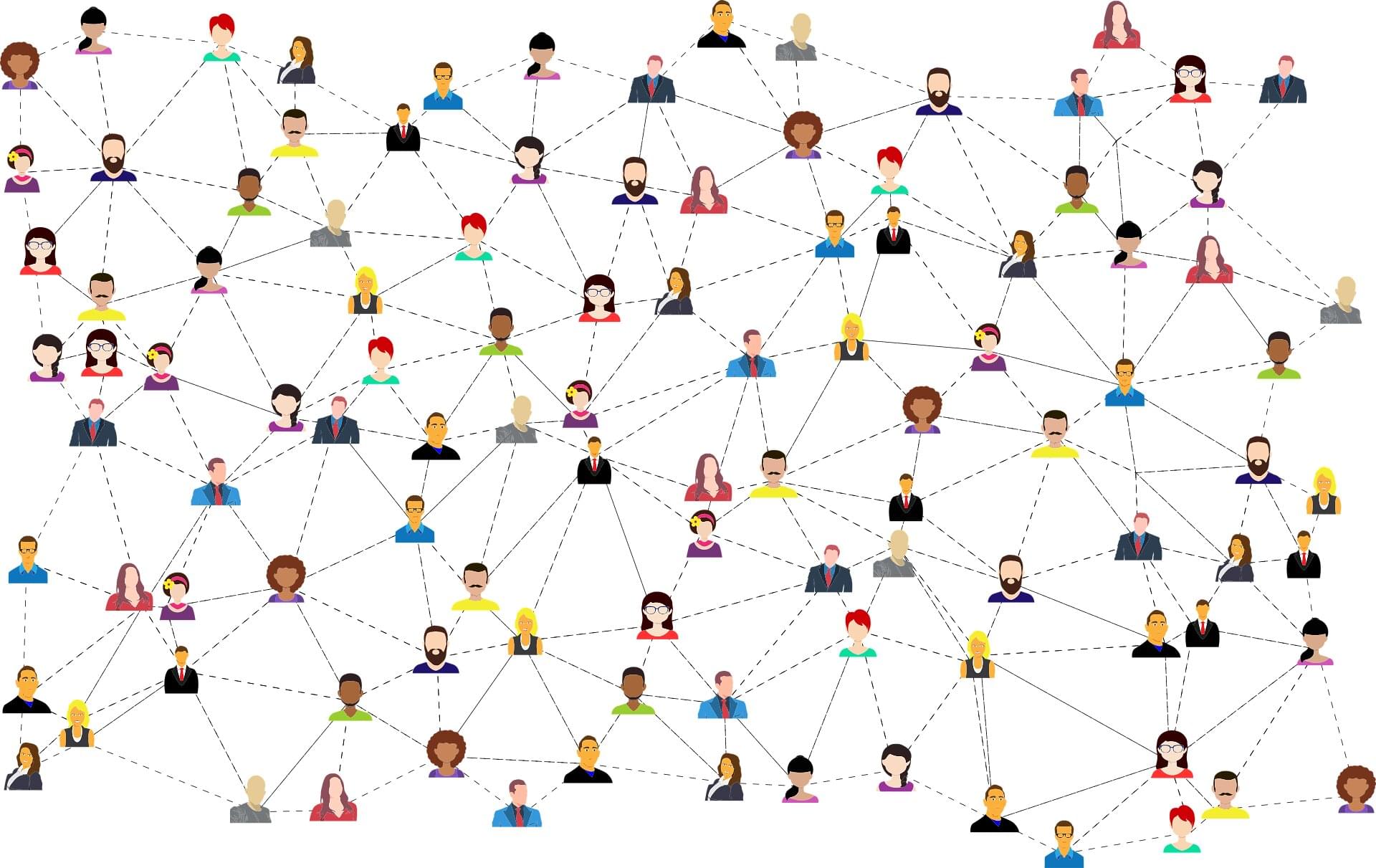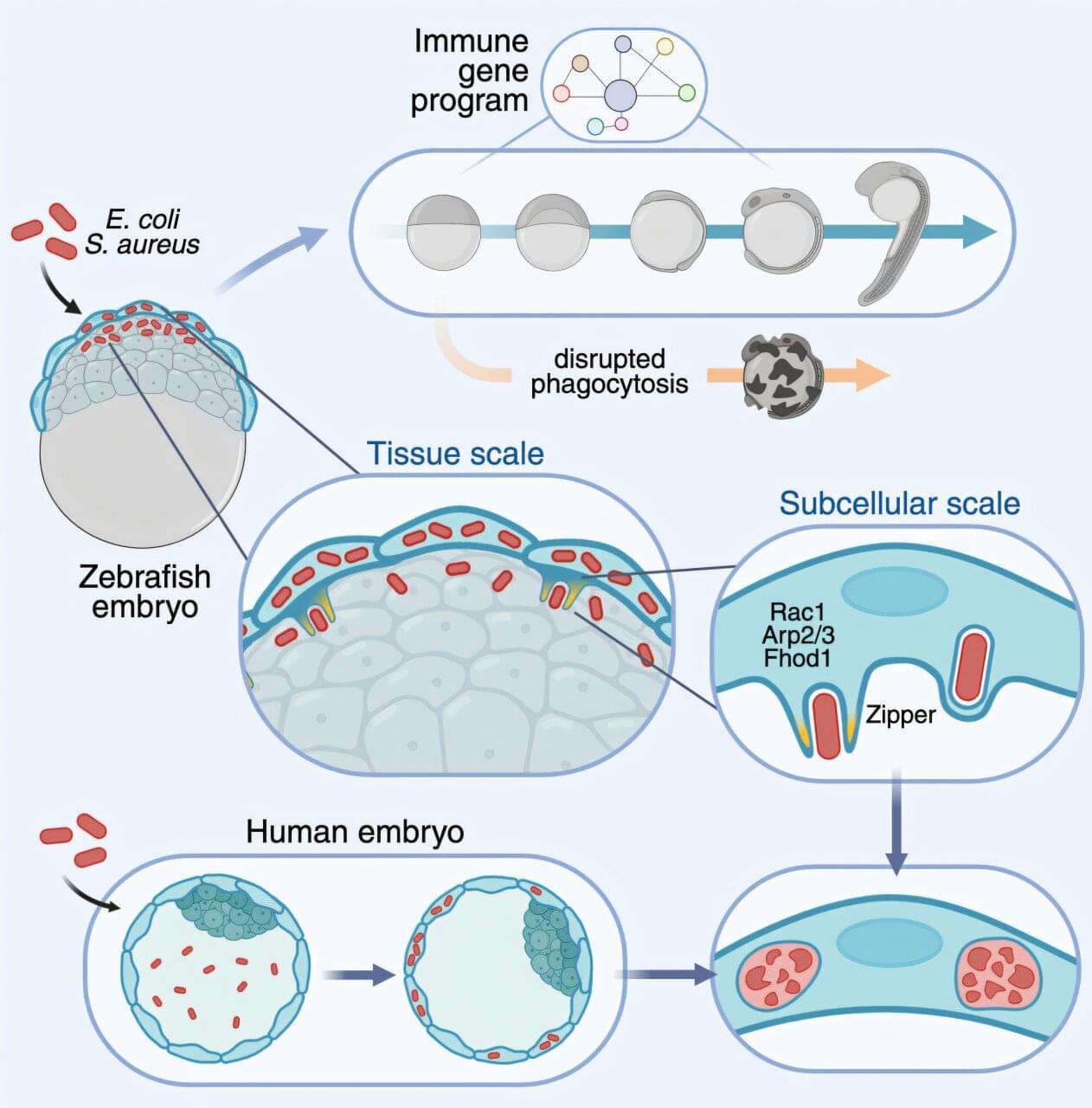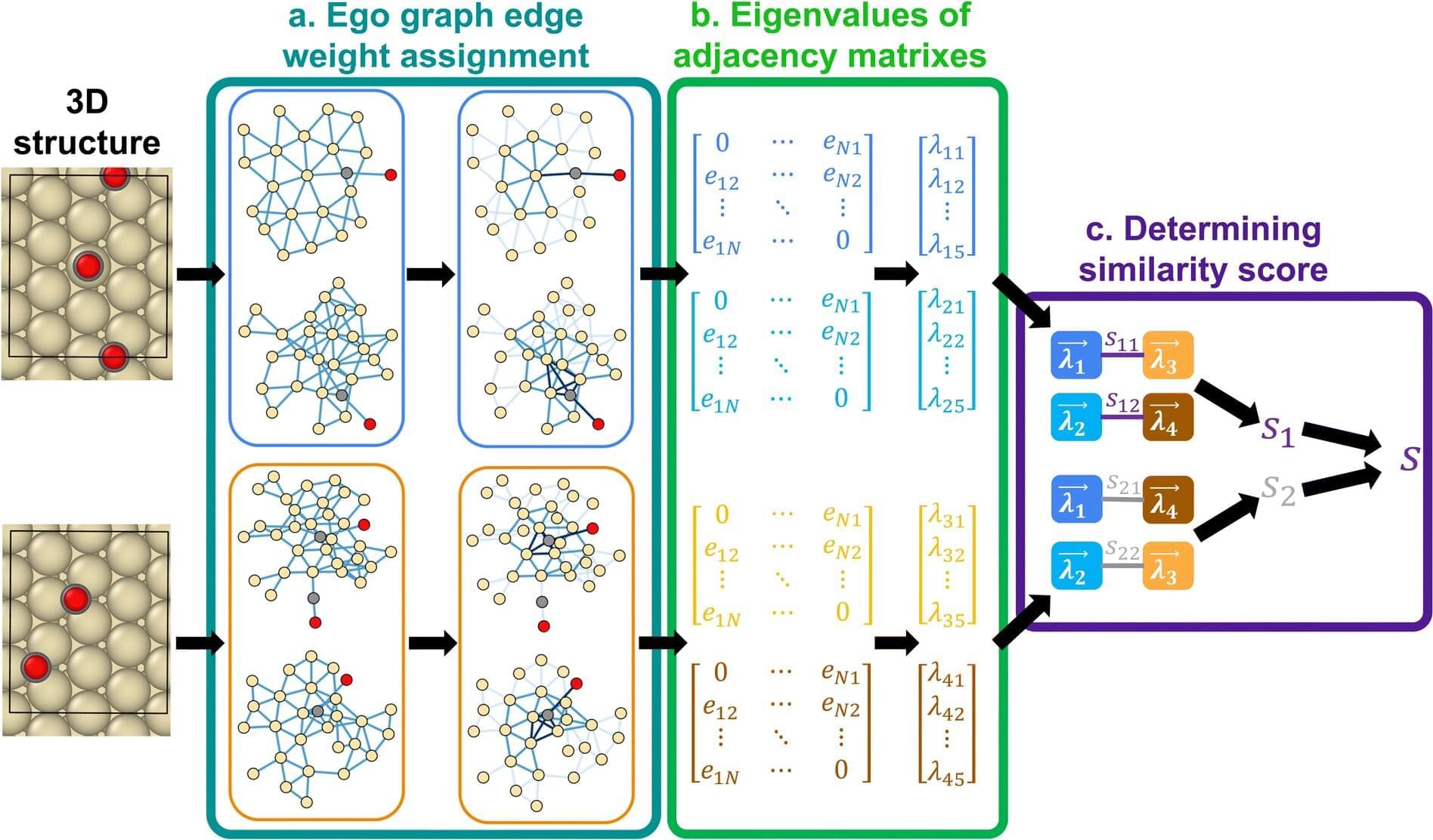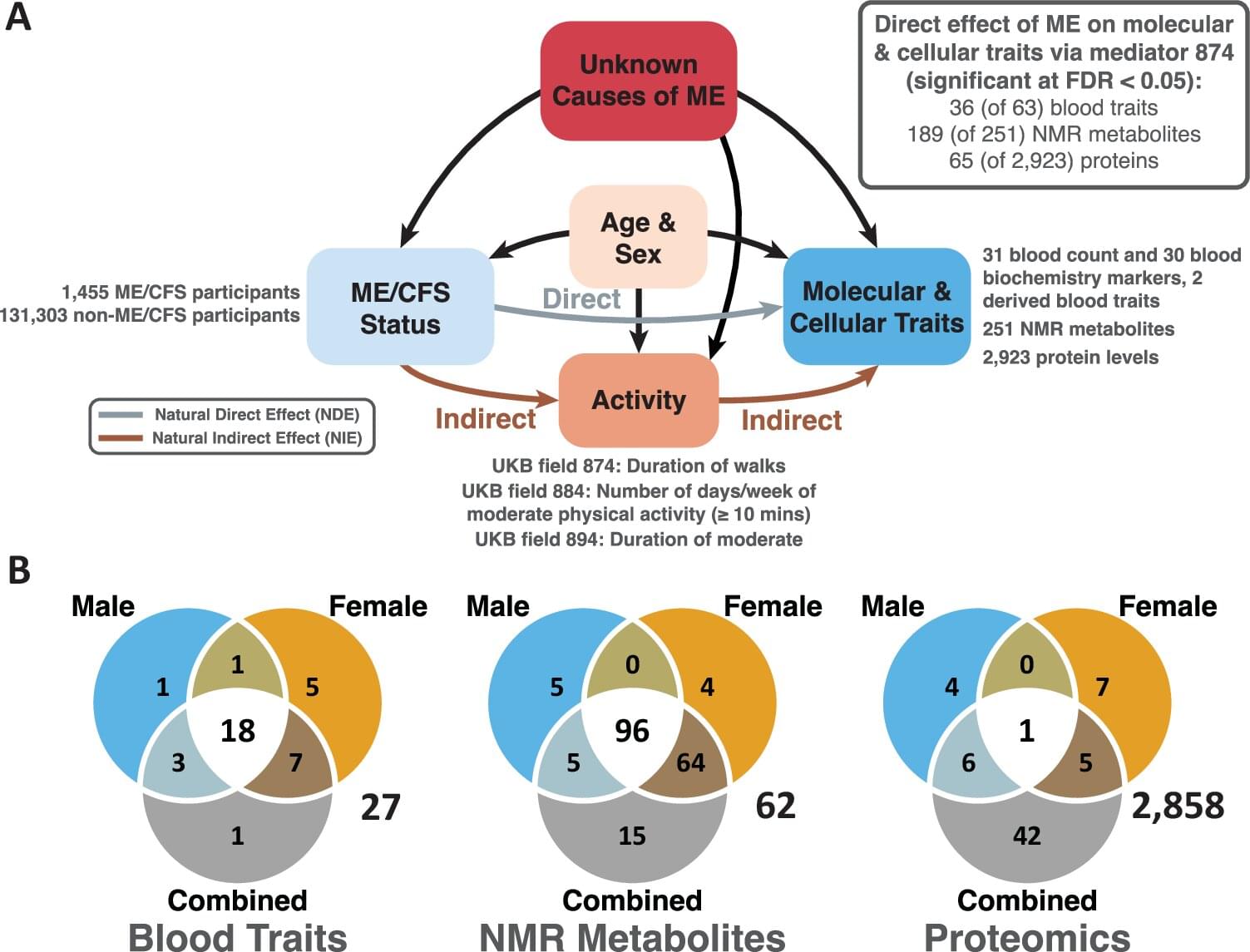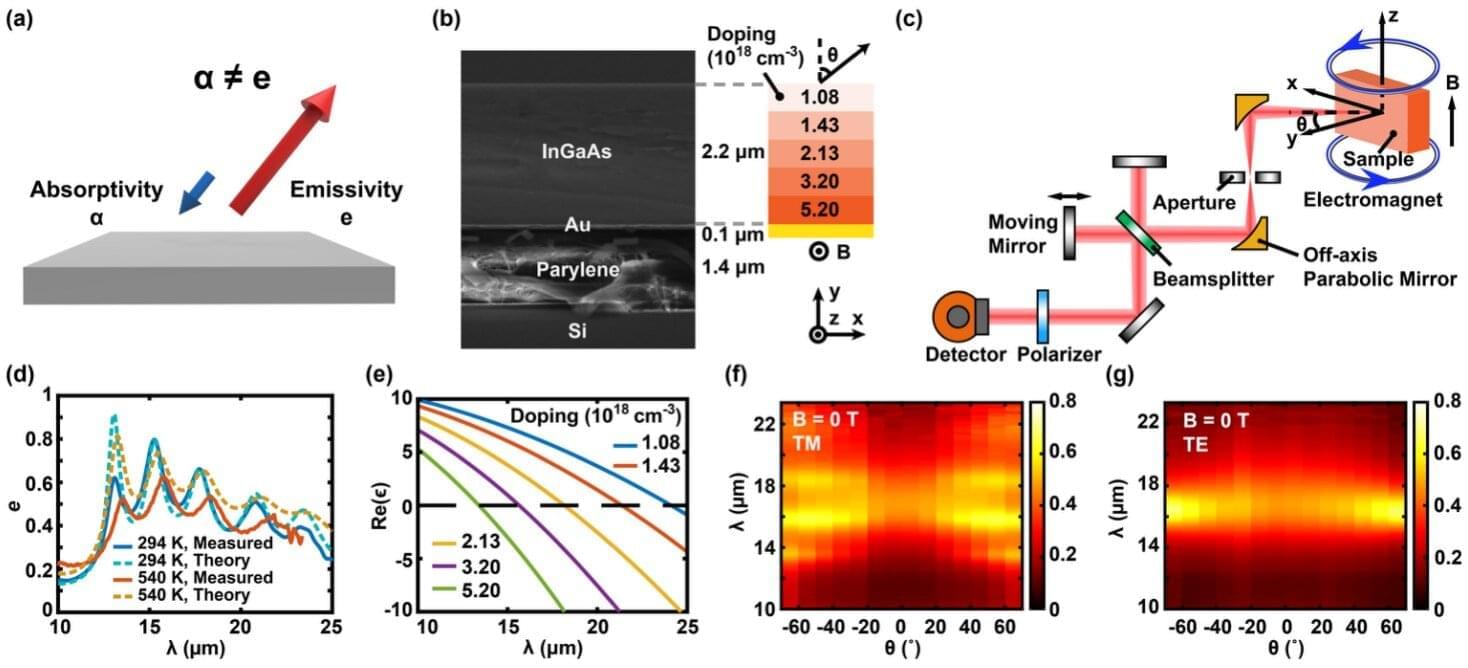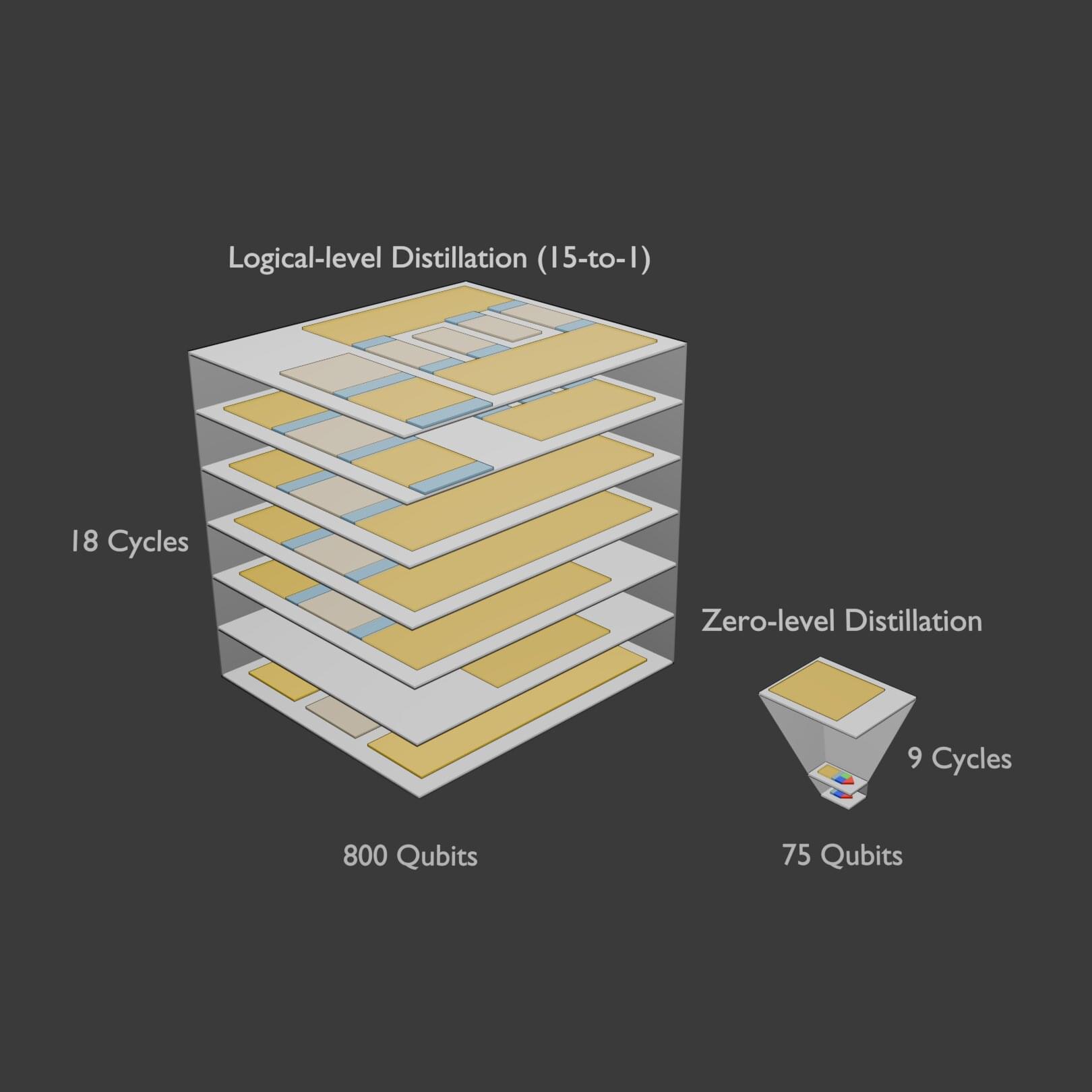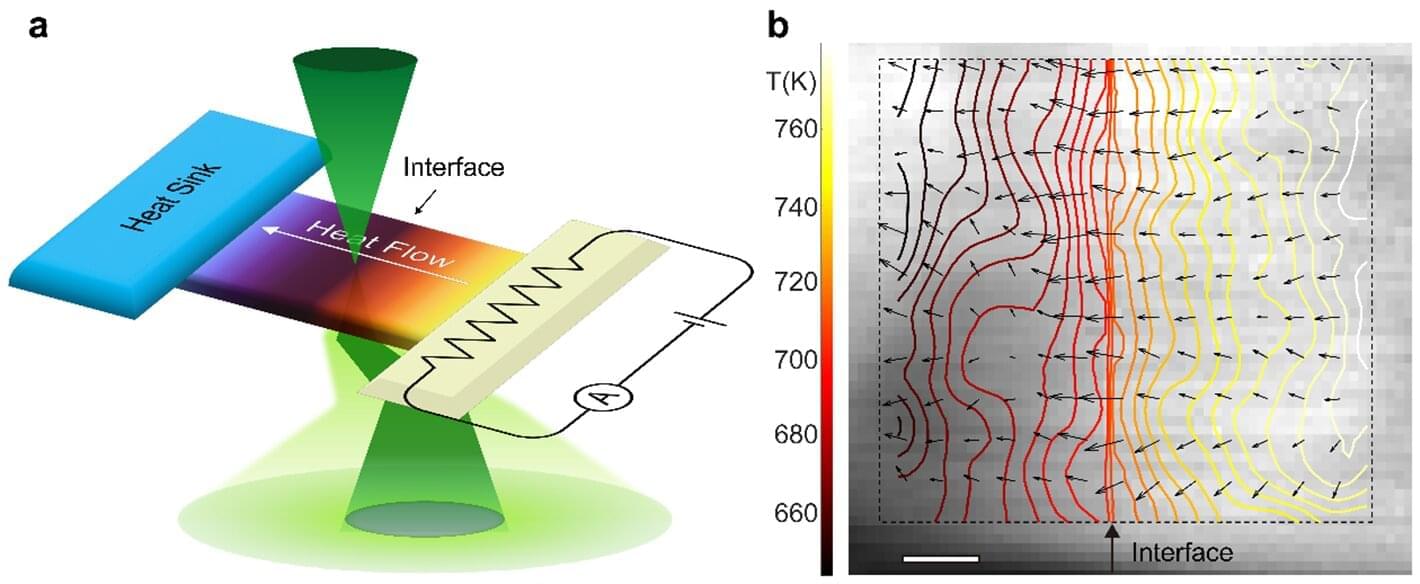Climbing the social ladder isn’t simply a matter of popularity. Rather, people in positions of influence are particularly adept at forming “maps” of their social connections, which they navigate to become prominent in their social network, new research shows.
It’s like having a “social superpower,” according to study author Oriel FeldmanHall, an associate professor of cognitive and psychological sciences at Brown University who is affiliated with the University’s Carney Institute for Brain Science.
“People vary considerably in how accurately they understand the structure of their communities,” FeldmanHall said. “Our research establishes for the first time that people who excel at mapping out their social network—determining who belongs to which communities and cliques—are the ones who will go on to become the most influential in the social network.”
